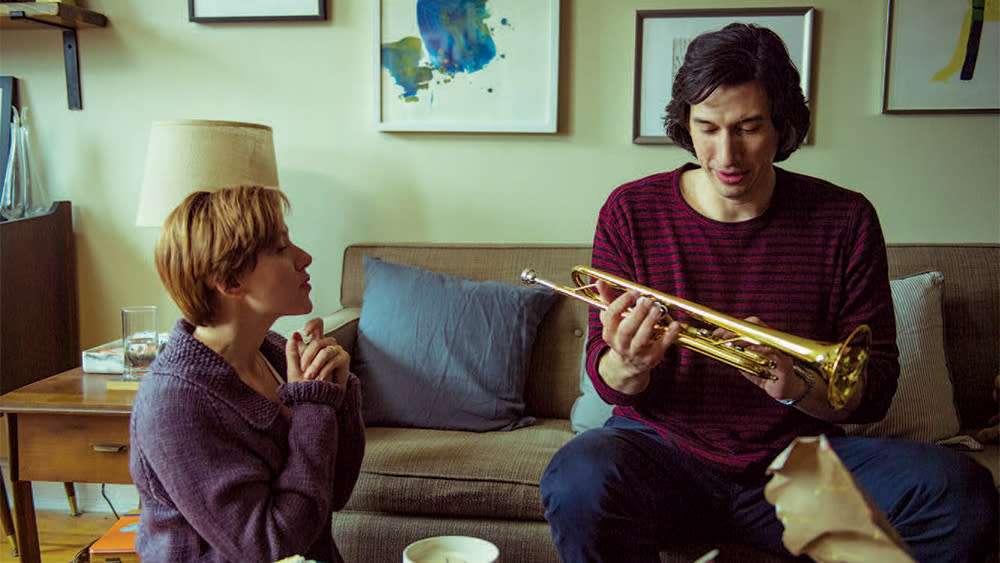How Editors Help Audiences Discover Oscar-Contending Stories

Click here to read the full article.
Editors for many of this year’s most-lauded movies were careful to let the audience feel they were making their own discoveries as the stories unfolded.
“We had a structure that was so bold and the [deliberate] pace of the movie, which is slower than the way movies are often done today,” says Thelma Schoonmaker, three-time Academy Award winner and editor on director Martin Scorsese’s “The Irishman.” “Marty’s other great idea was, don’t explain. Don’t explain too much for the audience. Respect the audience’s ability to stay with the movie and understand, because if you keep bombarding them with facts, it just turns into a documentary, and he didn’t want that. So we hardly restructured at all.”
More from Variety
Sound Mixers and Editors Stretch Their Skills to Create Believable Worlds
Makeup and Hairstyle Artists Juggle Tech, Time Shifts to Deliver the Right Look
Editors often arbitrate between the perspectives of characters. Audiences might want to side with one person or another, but the goal of a filmmaker might be something much deeper.
“It was hugely important to Noah [Baumbach, the director] that the film wasn’t weighted toward either [main character] Nicole or Charlie,” says editor Jennifer Lame, who worked on “Marriage Story.” “We talked about that constantly. In the end we ended up cutting some scenes that were in the script that we liked to make sure the film felt even, that we were spending equal time, narratively, with each character. We made sure that in the opening monologues it was clear that they loved and respected each other.”
For “Once Upon a Time Hollywood,” editor Fred Raskin had a precise script from helmer Quentin Tarantino, but he knew there would be adjustments along the way.
“Quentin meant for the songs and the DJs from KHJ to be the narrators of this film, but he loves actors and he’s completely involved in the shooting process when it’s happening and he doesn’t want to miss any discoveries that happen on set when he’s working on a scene,” Raskin says.
While editors balance new developments on set, what information will be given to the audience and when, one of the primary goals is to set the speed at which the story travels. Editors come in to make all the shots feel they belong.
“I love the chaotic ‘ram-don’ sequence,” says Yang Jinmo, editor of “Parasite.” “One of the problems we faced while editing was that the pacing of certain shots was lagging. This went against the chaotic energy we were looking for. One solution I came up with was to ‘stitch’ together multiple shots that had great rhythms so that they look like a single shot. For example, there is an overhead shot of [the character] Chung-sook’s hands preparing the ‘ram-don.’ The problem was that Chung-sook’s movements were too slow, making the shot was too monotonous. So I suggested that we use different takes for each of her hands to make it look like she’s moving them simultaneously. Upon viewing the final shot, you won’t notice that it was created by stitching various components from two different shots.”
Editors Matthew Schmidt and Jeffrey Ford found themselves working across the stories of multiple characters and universes in “Avengers: Endgame.” “We worked hard to keep everything together because this is such a big film and you’re trying to keep the story moving without leaving out anything that’s important,” Ford says. “When you have a battle like that one at the end, you want the audience to feel everything. They are superheroes but they’re superheroes with real feelings and you want the audience to be with them as they go into these battles.”
Best of Variety
Oprah's Favorite Things of 2019: You Can't Go Wrong Gifting One of These This Year
Listen: Hugh Grant on Why He Would Kill Social Media if He Could
Sign up for Variety’s Newsletter. For the latest news, follow us on Facebook, Twitter, and Instagram.

